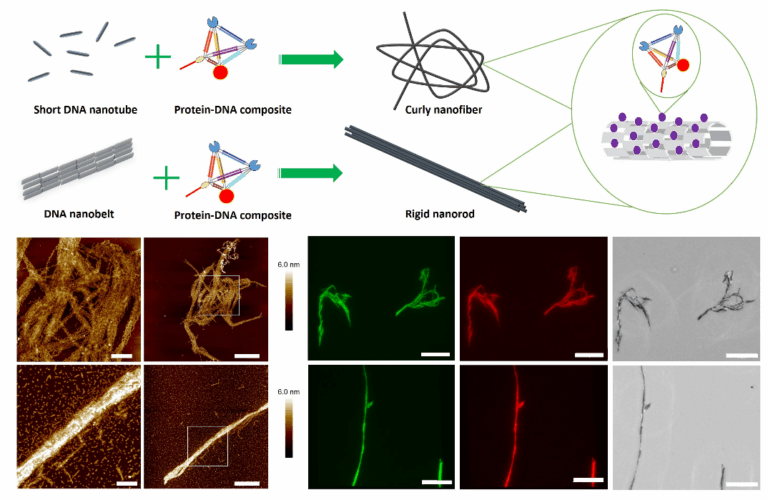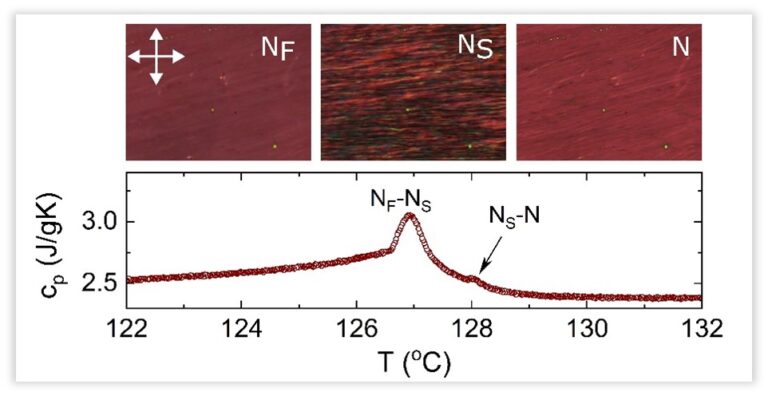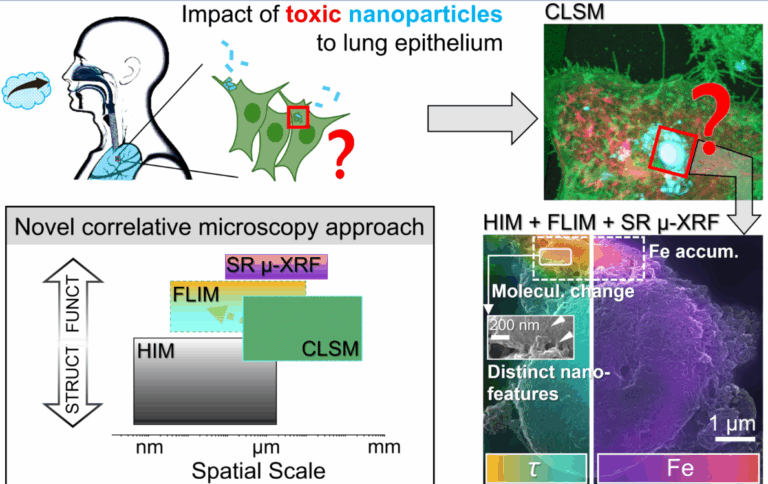News

Tailoring polysaccharide-based aerogels for potential food applications: Structural and hydration characterization by NMR relaxometry and diffusometry
Polysaccharide-based aerogels are promising candidates for food-related applications due to their high surface area, adjustable porosity, biocompatibility, and biodegradability. We investigated chitosan, sodium alginate, and xanthan gum aerogels. Each polysaccharide exhibited unique structural and physicochemical behavior depending on polymer concentration, which influenced the final aerogel properties such as bulk density, pore size, surface area, and water absorption. NMR relaxometry and diffusometry were employed for a detailed characterization of pore structure, hydration behavior, and molecular mobility.
(https://www.sciencedirect.com/science/article/abs/pii/S0141813025092542)

Multimodal analysis of whole slide images in colorectal cancer
Multimodal models are becoming increasingly prominent in various areas of medicine, as they allow for fusion of different types of data, such as histopathological images, clinical data, and biomarkers. We analyzed how these approaches can enhance diagnostic accuracy, survival prediction, or treatment response, in colorectal cancer using whole slide images and other modalities. We also discuss the challenges in using these technologies.

Article in Small
Miha Škarabot participated in a study that links DNA nanotechnology and protein engineering. The research was led by Prof. Roman Jerala from the National Institute of Chemistry and was partially conducted at our department. The authors designed stable protein–DNA composites that self-assemble into well-defined nanostructures, including nanofibers and nanorods. These hybrid assemblies not only exhibit stable morphology but also retain functional properties such as enzymatic activity and fluorescence.
The article was published in the journal Small. (https://doi.org/10.1002/smll.202502060)

Marta Lavrič, Nikola Novak and George Cordoyiannis in collaboration with N. Sebastián and A. Mertelj from Department of Complex Matter, as well as C.J. Gibb and R.J. Mandle from University of Leeds (United Kingdom), have published an article in Liquid Crystals regarding the ferroelectric nematic liquid crystal RM734. By means of high-resolution calorimetry and polarizing optical microscopy, they studied the N-NS-NF phase sequence of RM734 and obtained temperature ranges ΔTNS = 1.07 ± 0.12 K (calorimetry) ΔTNS = 1.2 ± 0.3 K (microscopy) for the intermediate splay-nematic phase. Critical fits of the NS-NF transition yielded a tricritical effective exponent α of the specific heat capacity, in agreement with other recent studies. Moreover, ratios of critical amplitudes ANF/ANS from 0.22 to 0.34 have been obtained, marking an unusual inverted Landau behavior.
https://doi.org/10.1080/02678292.2025.2481076

Article in the journal ACS Nano
Rok Podlipec, Luka Pirker, Ana Krišelj, and Primož Pelicon from the Condensed Matter Physics Departments and the Department of Low and Medium Energy Physics, in collaboration with colleagues from the Helmholtz-Zentrum Dresden-Rossendorf (Germany) and Elettra-Sincrotrone (Italy), have published an article in the journal ACS Nano presenting new approaches in advanced high-resolution correlative microscopy to uncover mechanisms of interaction between harmful nanoparticles and lung epithelium.
In their study, they used complementary optical, electron, and ion microscopy techniques on the same samples to analyze the relationship between the structural and functional characteristics of cellular responses to TiO₂ nanoparticles and their biological effects.
Key findings include extensive accumulation of essential minerals and iron, binding of DNA molecules, and localized formation of fibrous structures on the surface of lung cells where nanoparticles were immobilized. These processes confirm the activation of immune responses and contribute to a better understanding of the early stages of inflammation. The developed experimental approach provides a solid foundation for future research into the initial mechanisms of nanoparticle toxicity in biological systems at the nanoscale.
